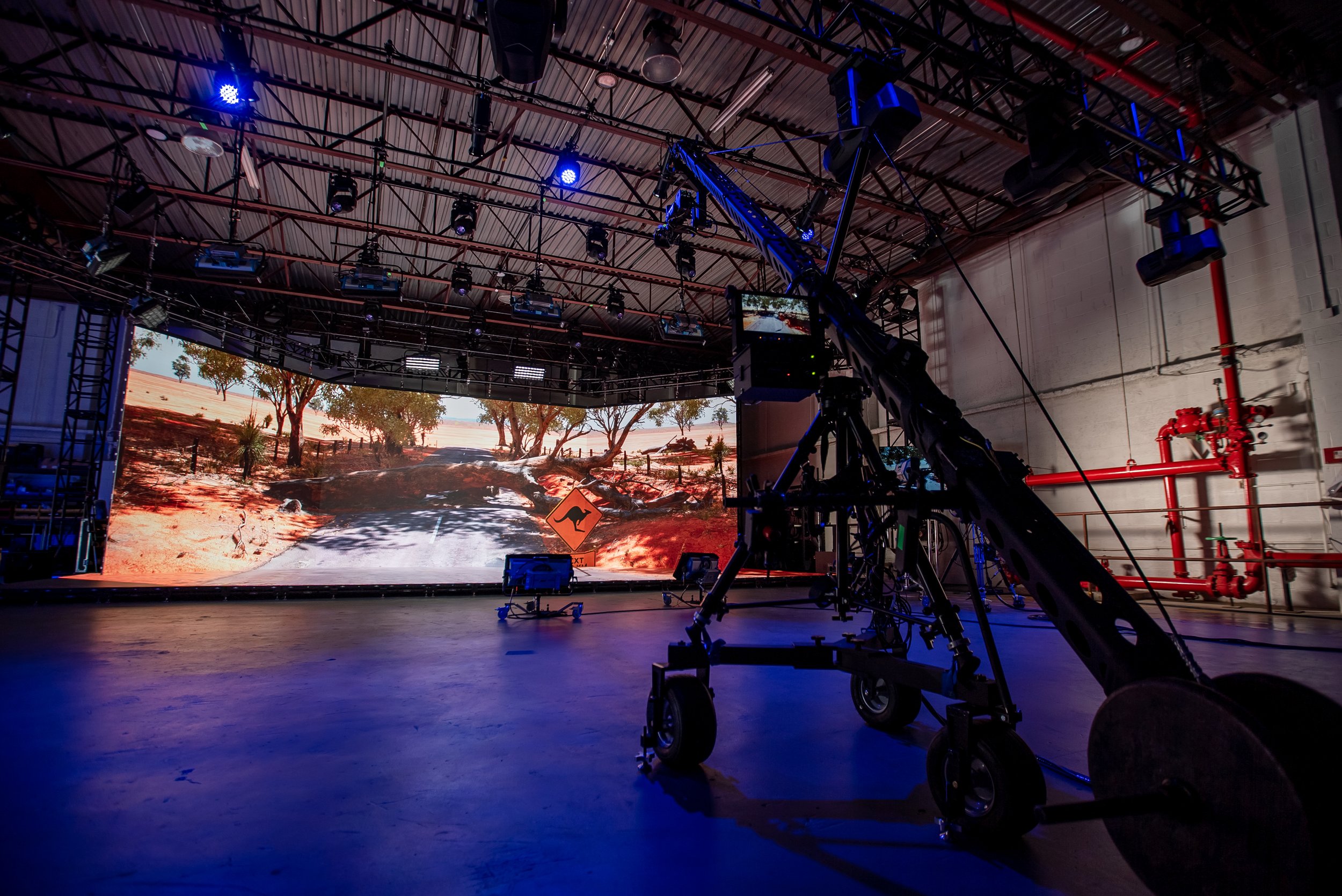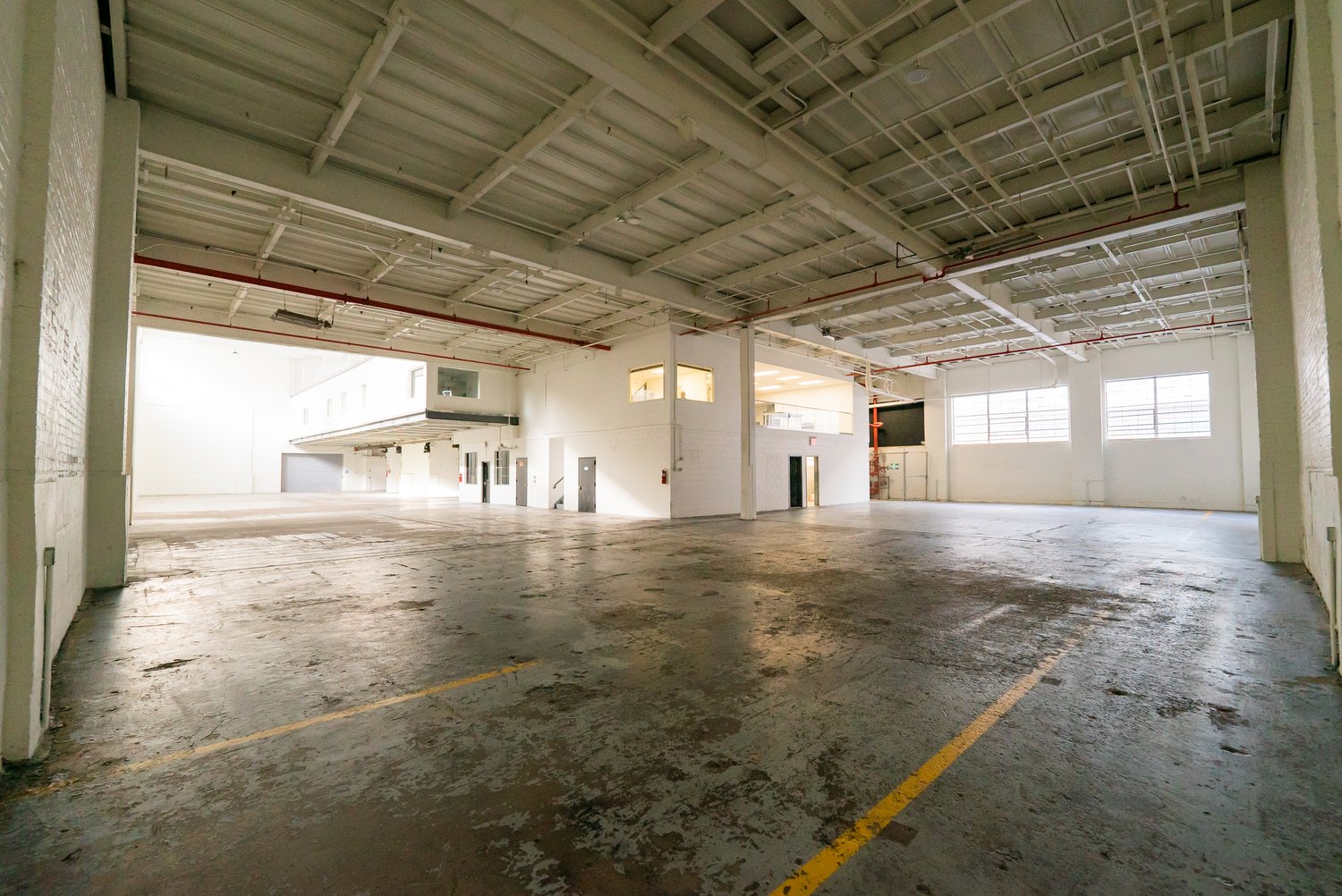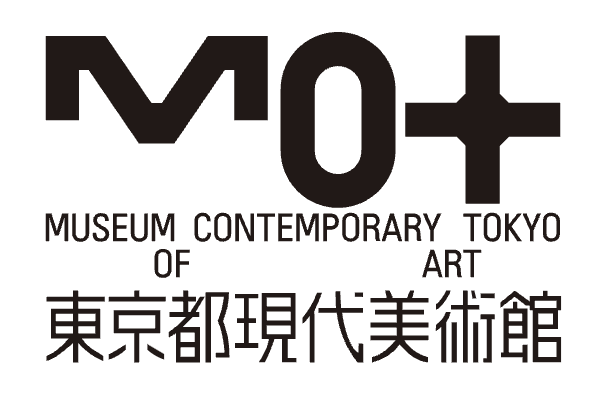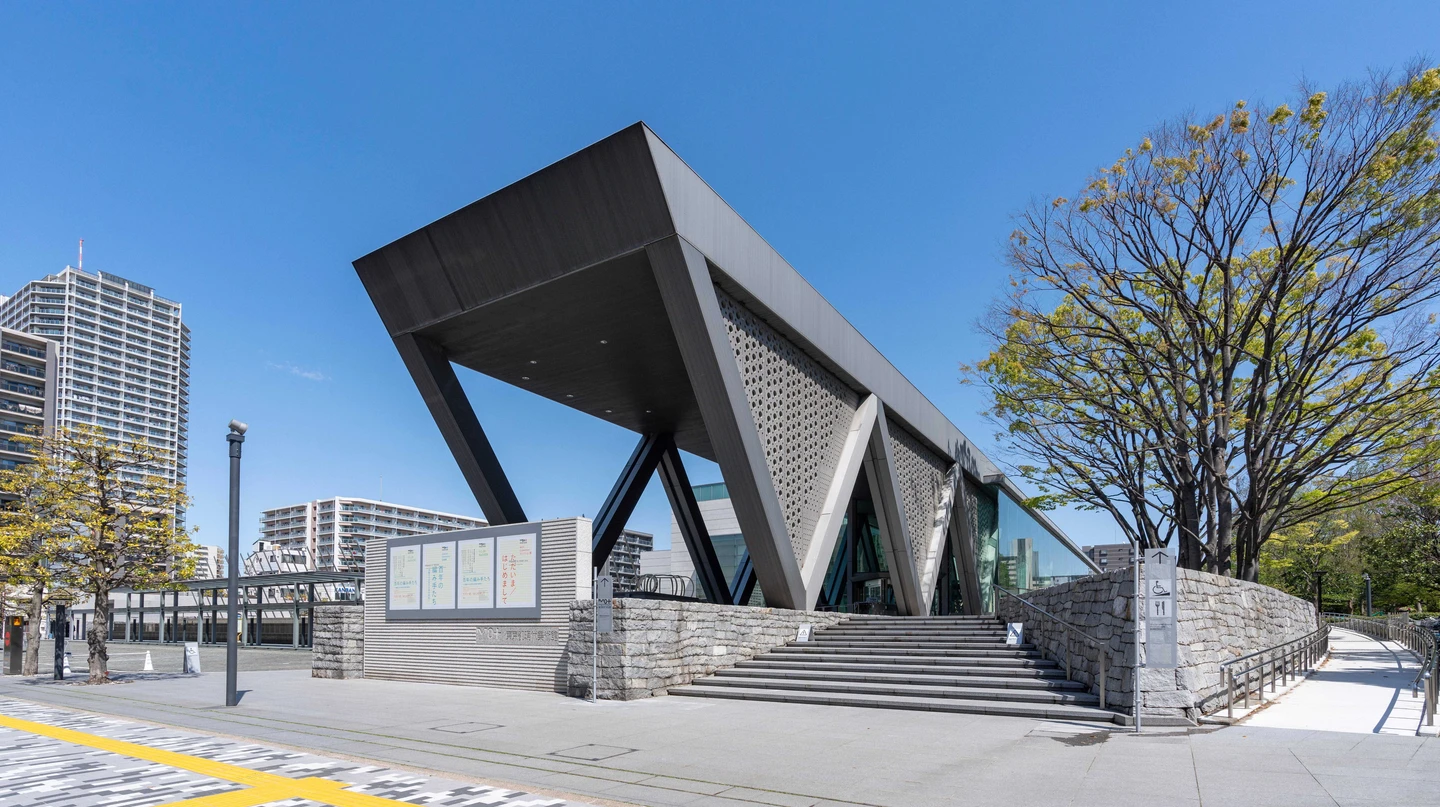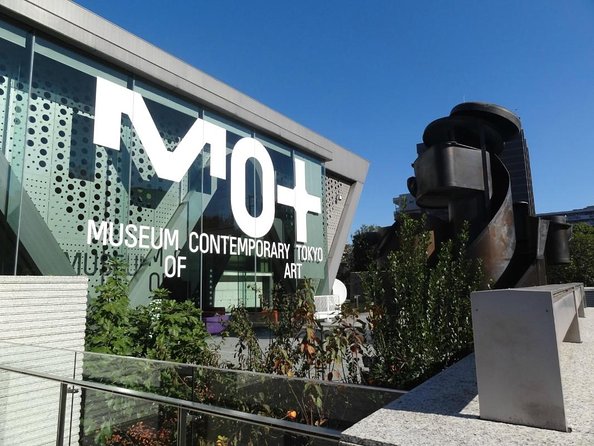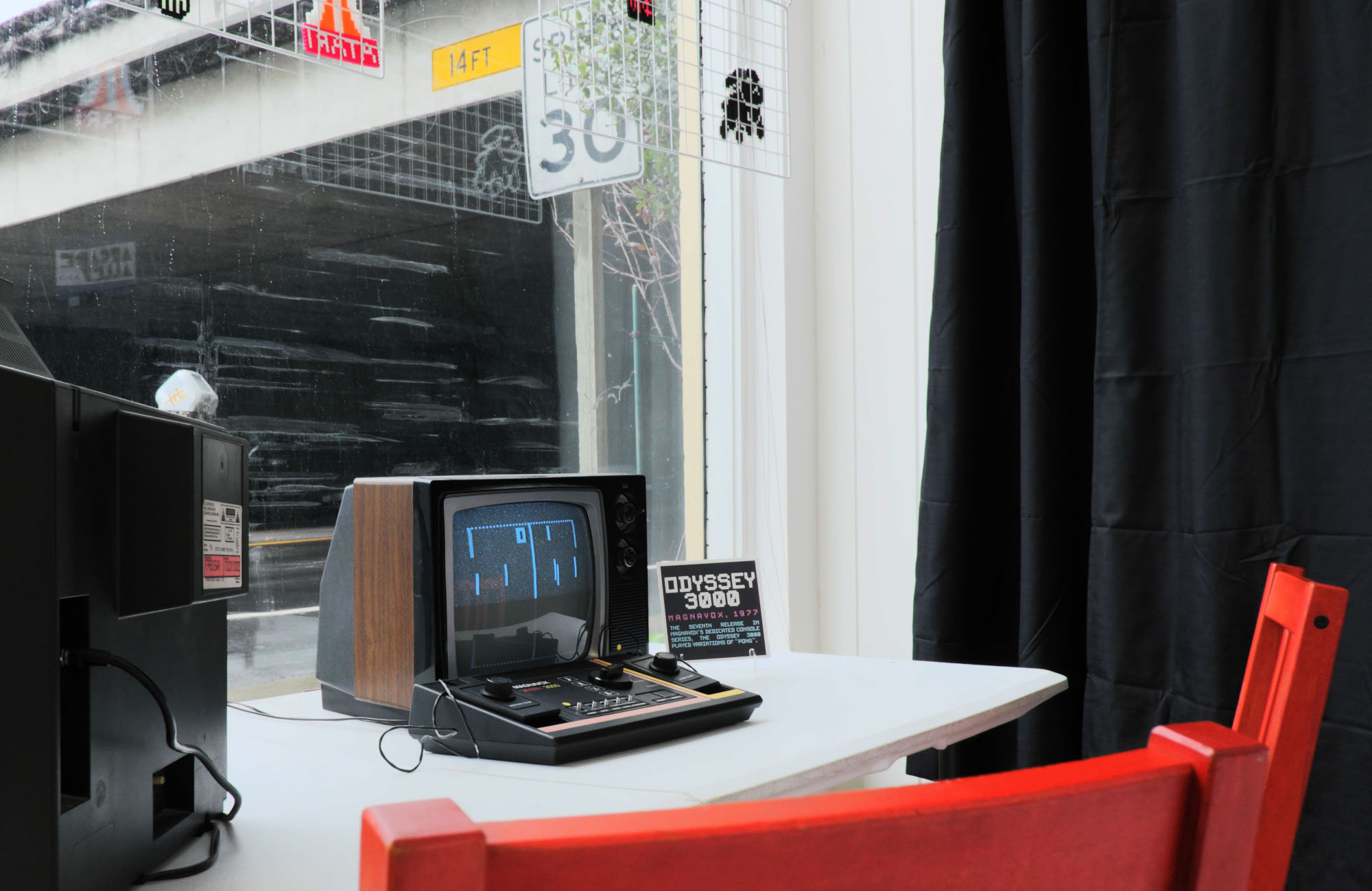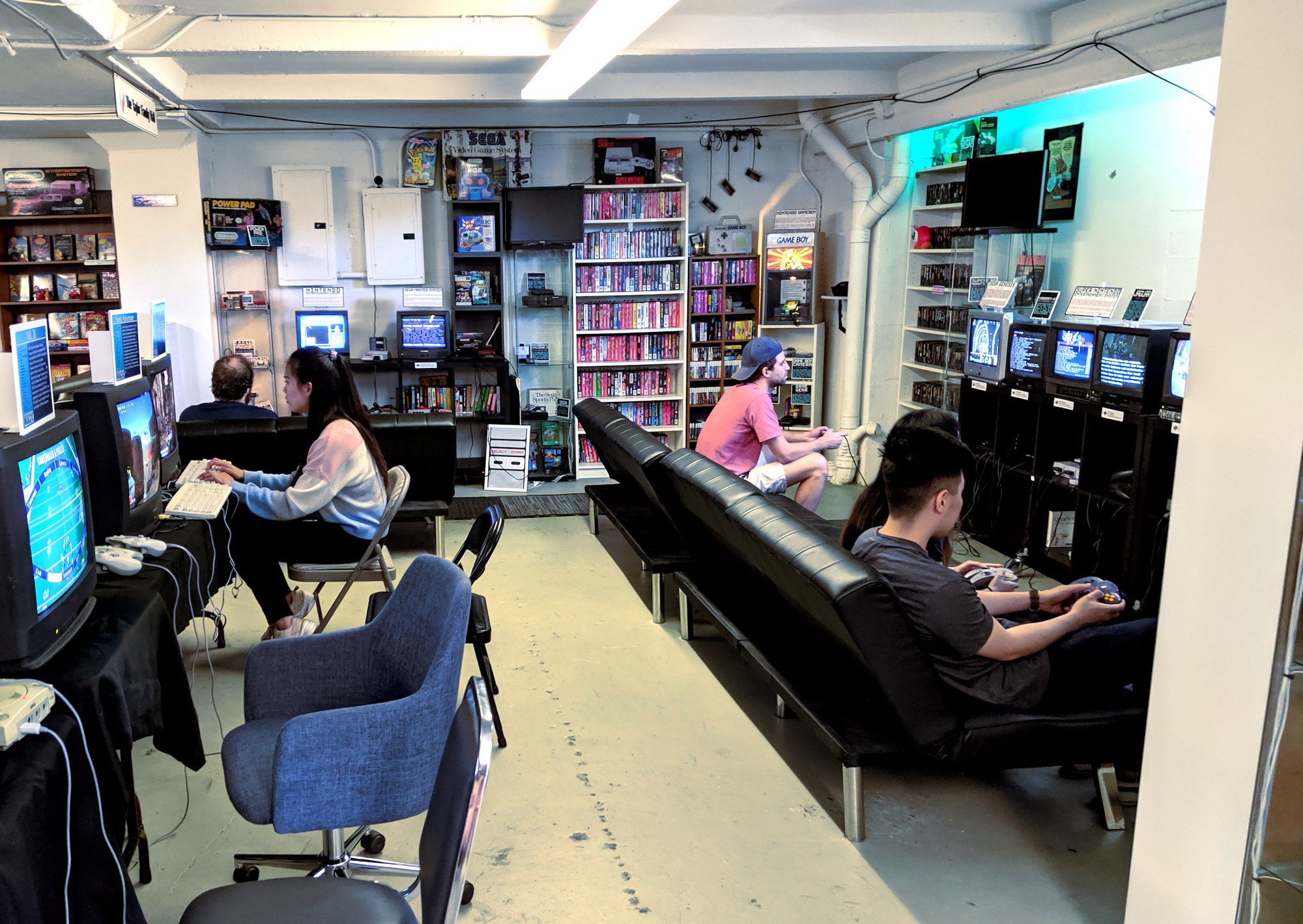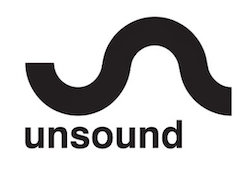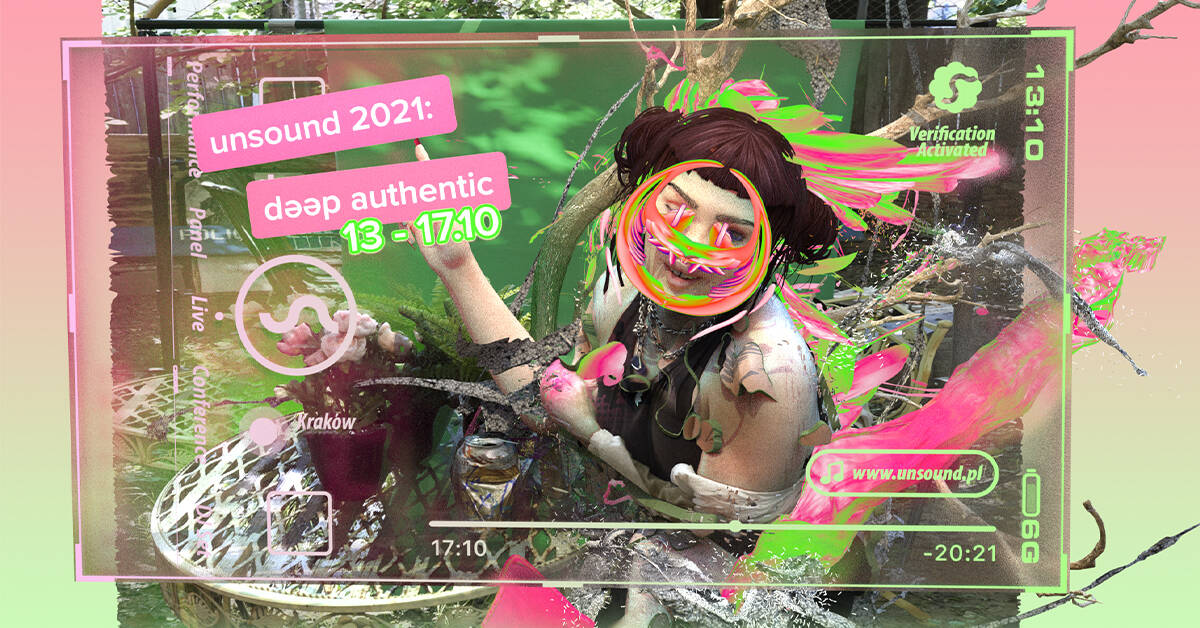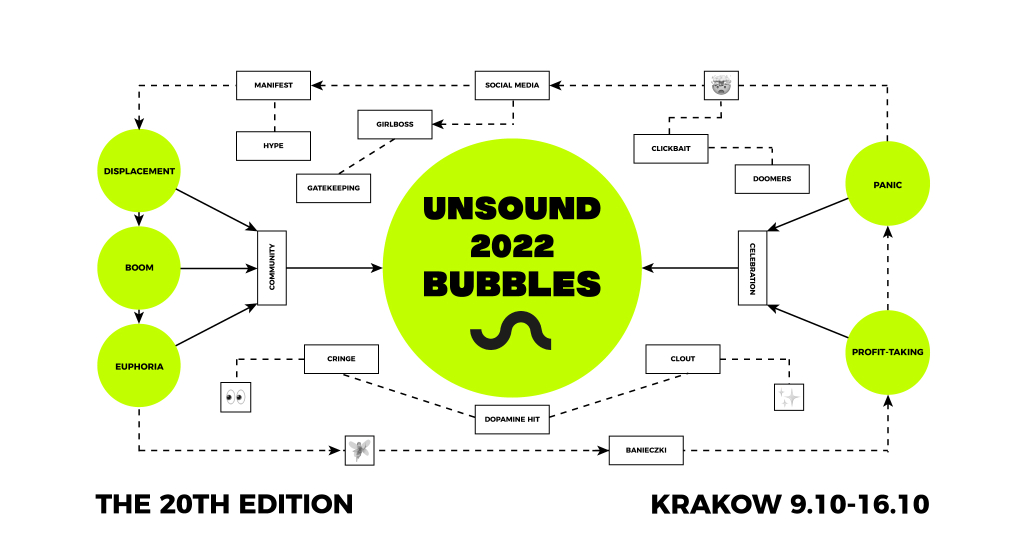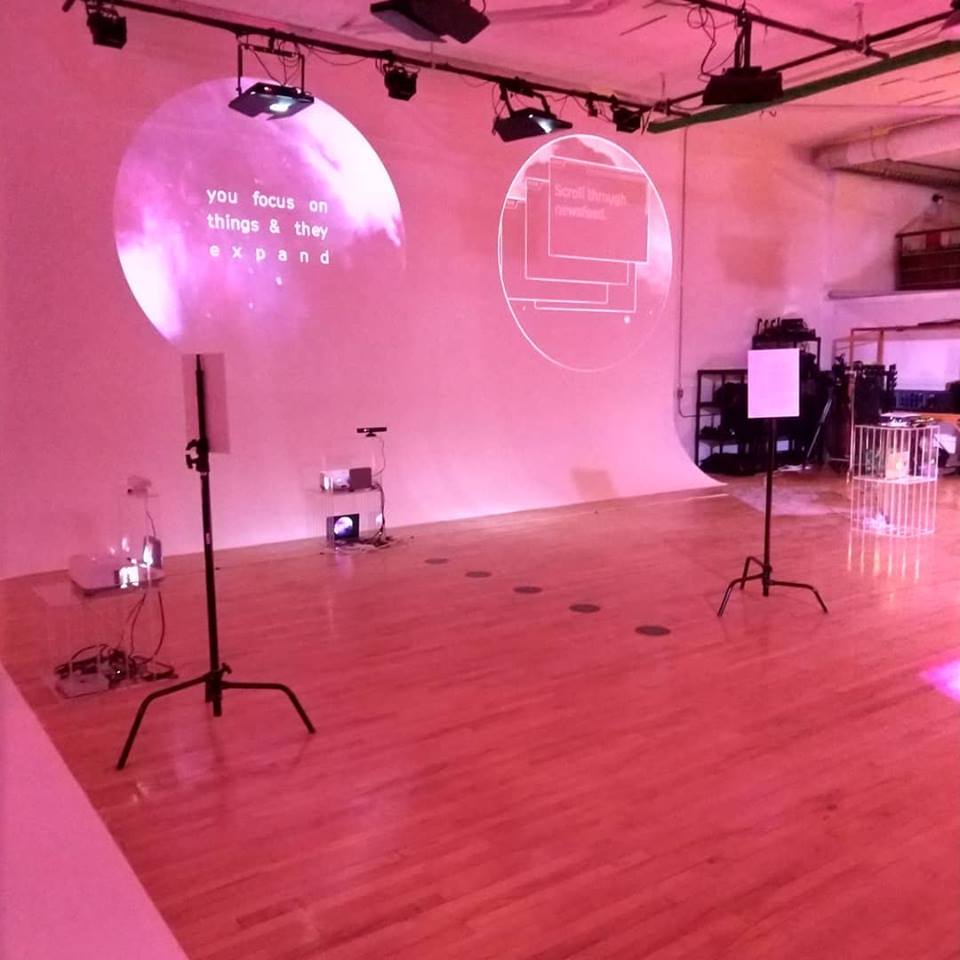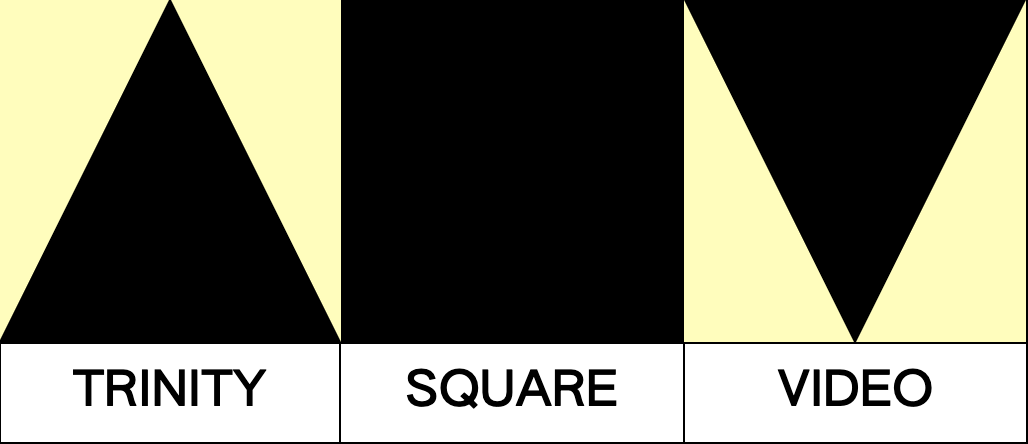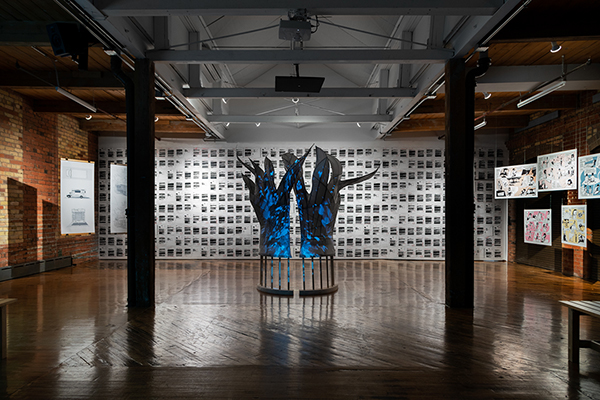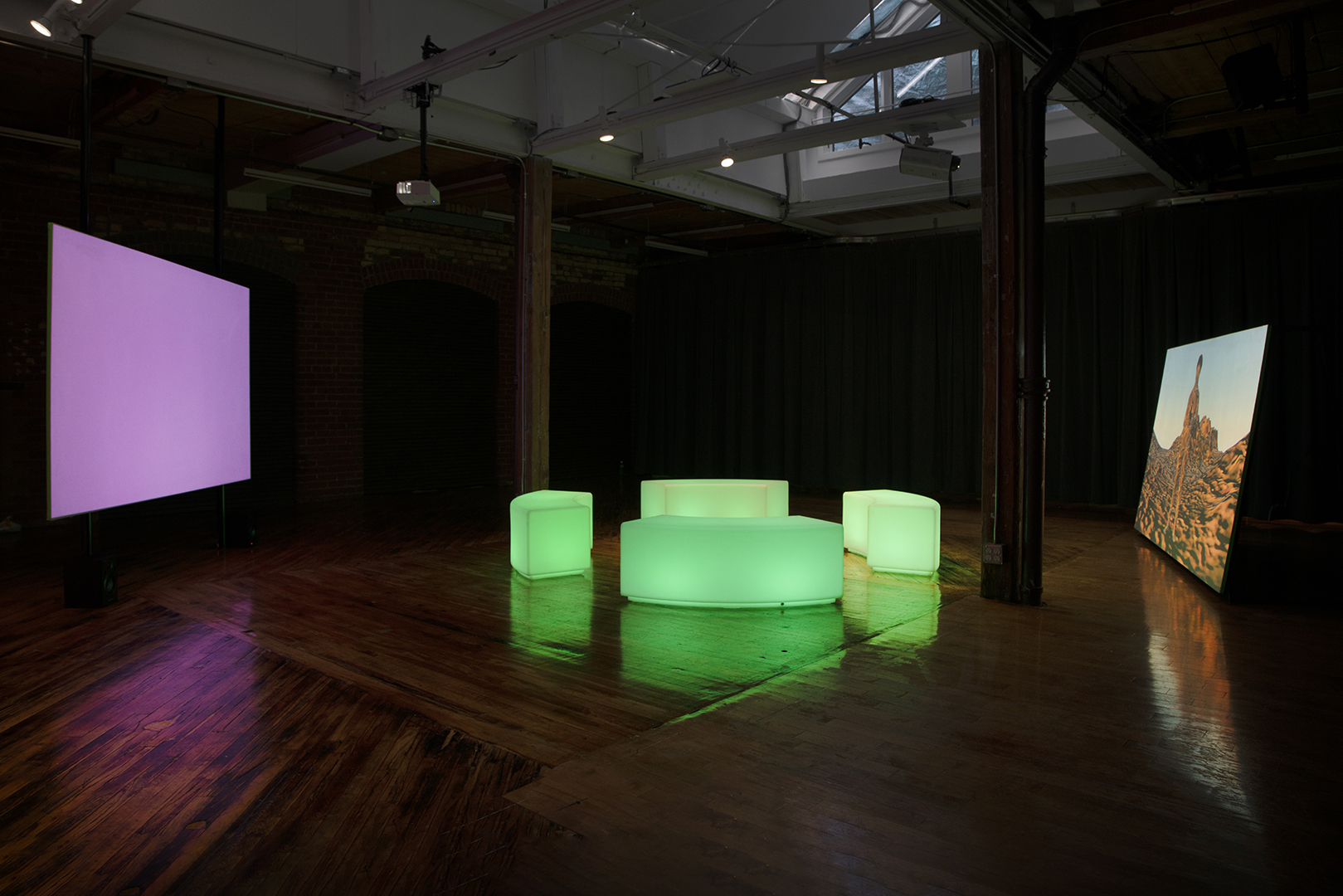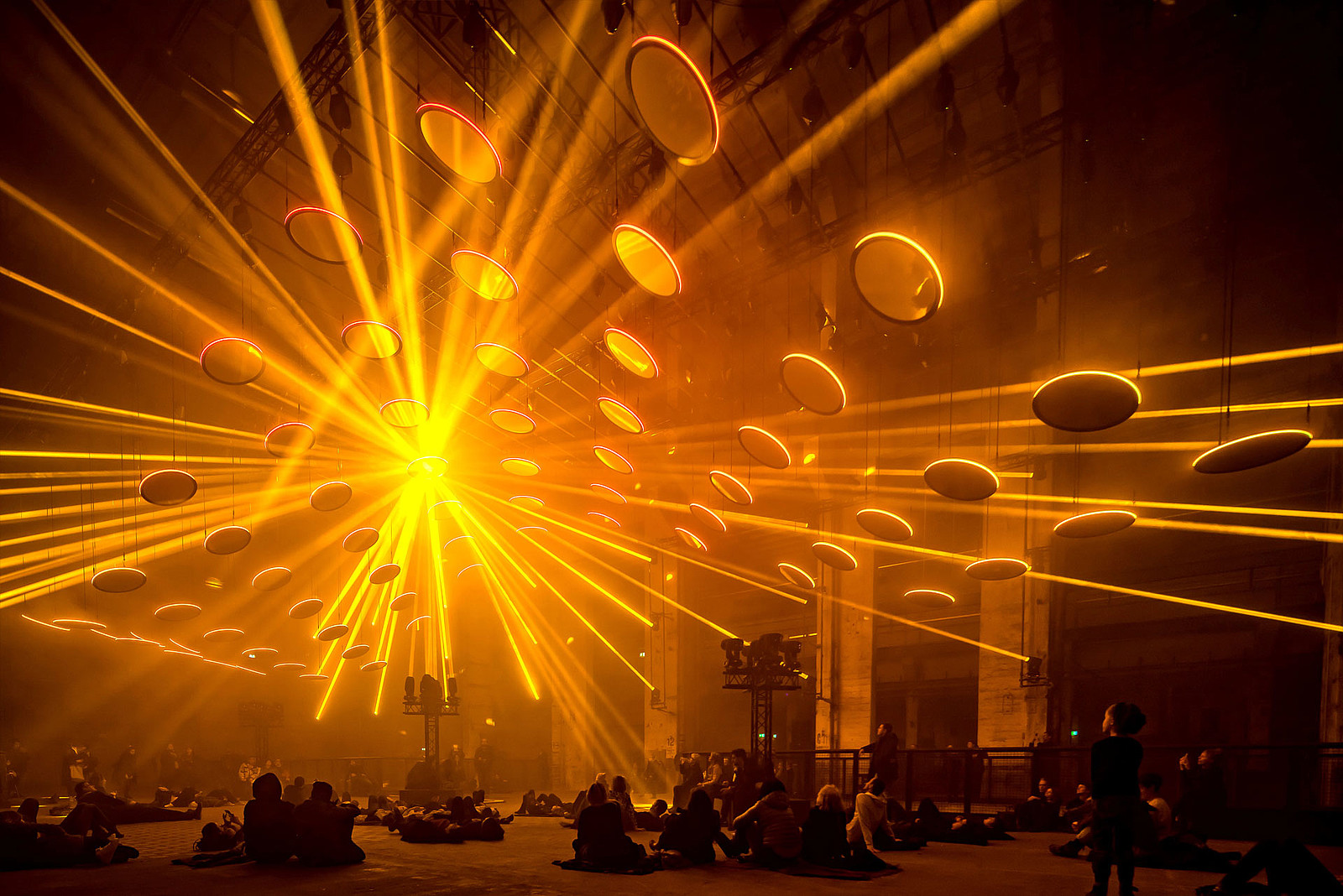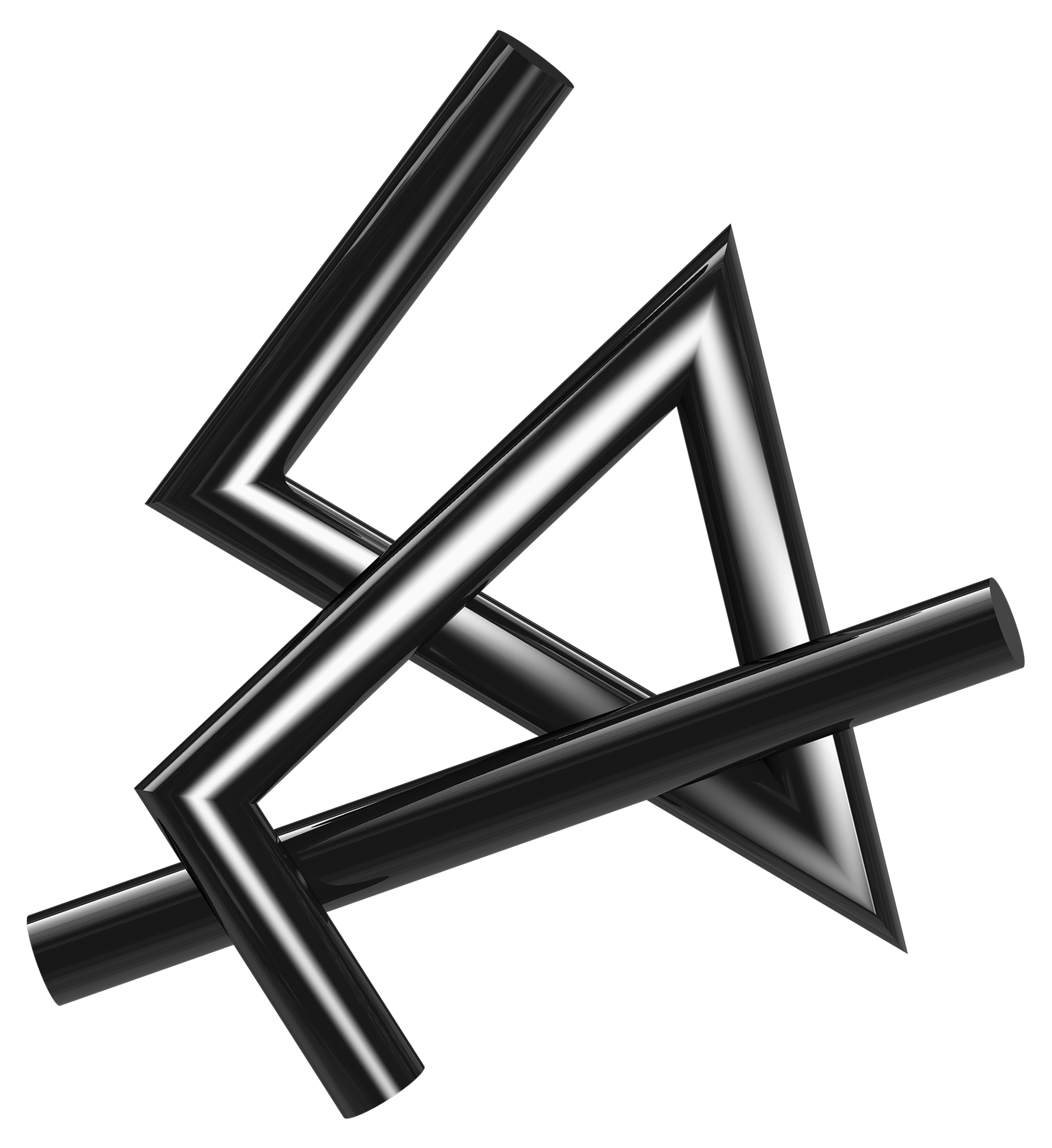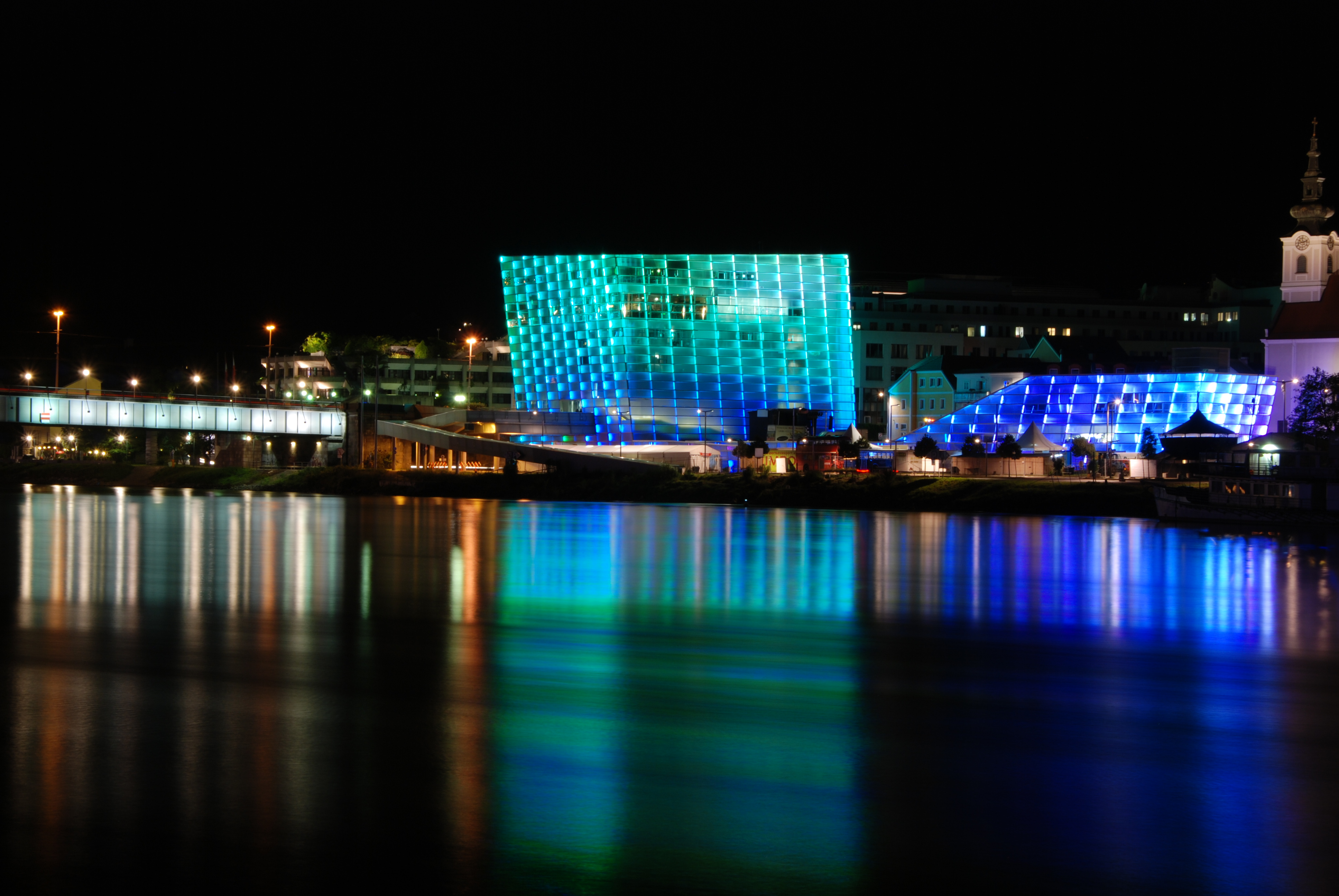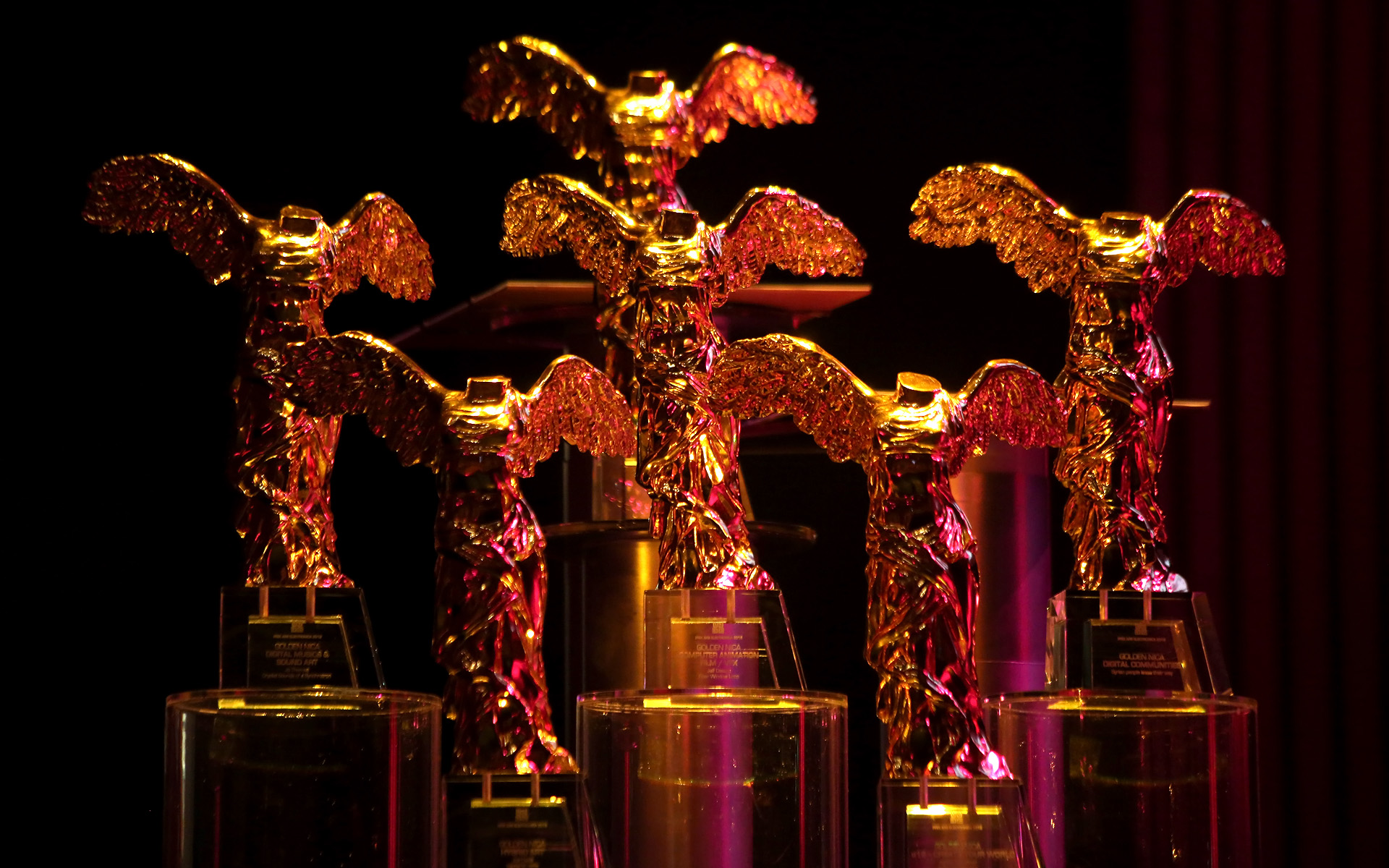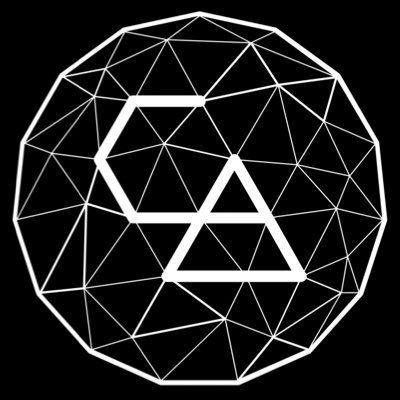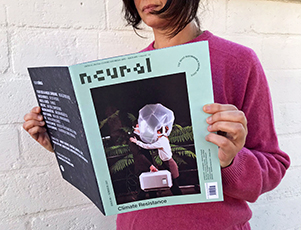Over 20+ years, CTM has been highlighting new strains of pop and fringe cultures that venture through the weird, the challenging, the cathartic, the esoteric, the contagious, and the ecstatic – simultaneously exploring sonic histories, contexts, and political and technological entanglements. Though international in its approach, CTM remains deeply rooted in and committed to Berlin’s DIY and club scenes, from which it emerged in 1999. [1]
Listening and dancing within the gaps between musics, communities, and scenes, CTM defies easy categorisation and tests the current possibilities and limits of sound and music. Programming supports a multitude of voices, backgrounds, experiences, and perspectives – CTM is for all forms of music as long as they dare to experiment, question, and demonstrate conviction. Our work reaches out to all corners of the globe to explore and explode wildly different, experimental, mutating global scenes. [1]
CTM is an independent, non-profit initiative built, from the very start, on constant collaboration. We work closely with artists, guest curators, and researchers to support them in realising new projects and to produce and transmit new knowledge across performances, exhibitions, talks and artistic labs, writing, and more. Through a multi-perspective approach, we aim to respond to the diversity of an increasingly polycentric, polychromatic, and hybrid (music) world, always with empathy, openness, and a desire to counter global asymmetries. [1]
Because of CTM’s mutually collaborative nature, activities highlight a large and ever-expanding range of practices in and around sound. Through yearly themes, the festival experiments with formats, locations, technologies, and ways of listening, creating multiple entry points from which to engage with sound and their contexts. [1]
Music is not a parallel world, but rather a seismograph of our current societies, a powerful force with which to cope with uncertainty and change, and a medium through which to imagine different futures. [1]

